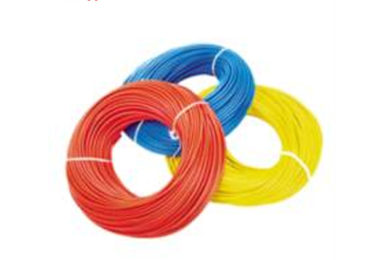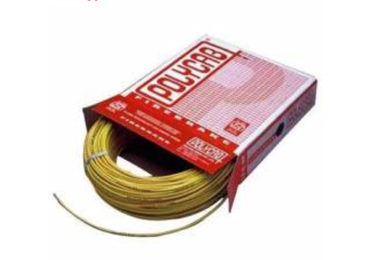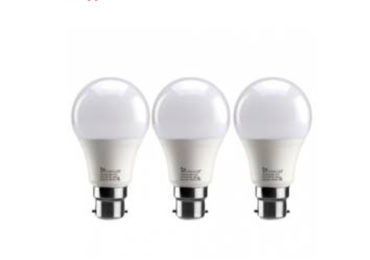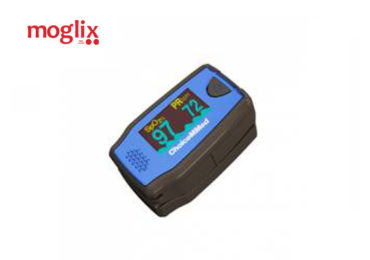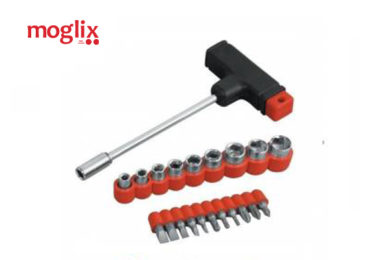A major use of a high tension cable, as you probably know already, is to transmit the electric power generated at the turbine to your homes safely and without loss of too much energy through heat and other factors. These turbines are almost always located in faraway places and transmitting the power to your home means that it has to cover a large distance. Enroute, the electric power is subjected to various changes at power stations and substations which either increase the voltage before transmitting the power or reduce the voltage to make it suitable to transmit them to your homes. Either way, high tension cables are an integral part of the transmission of electric power to your homes.
Voltage Grade
Medium and high voltage grade cables usually have a voltage gradient of 1 kilovolt to 46 kilovolts(medium) and above 46 kilovolt (high), respectively.
The medium voltage distribution system starts at substations and provides electricity to a good number of power shoppers. When choosing a cable, the fundamental aim is to securely give adequate electric power, with continuous, untroubled operation, with a system that’s able to face up to sudden demands and overload conditions. Every installation has specific needs that have to be thought about. There are distinct edges gained from using a copper-conductor cable that has been factory-made within the rigid specification and internal control procedures. It’ll give the most performance with the minimum maintenance. There are seven varieties completely different by construction under medium voltage copper power cables, within the one kilovolt to forty six kilovolt variety. Most of these are offered in single- as well as multi-core configurations.
READ: Trends in Syska LED Luminaries | LED Lights
Construction of High Tension Cable
A cable constitutes a conductor and an insulation sheath and is appropriate for being run under the ground or in water. This is often in distinction to the overhead line, that doesn’t have insulation. Such a high-tension cable is of different types and used in a wide range of situations including in certain instruments, ignition systems of engines, and the AC or DC power transmission systems. Altogether, the insulation of the cable should not deteriorate and for this, the high tension cable should be able to handle stress and problems caused by the oxygenation of the air by the electrical discharges produced as well as other forms of energy loss. Cable terminals are so designed that they can manage the stress required to break down the insulation sheath.
A high tension cable is probably not something that you may use in your everyday life, right? Well, at least that is what we tend to think. What we do not realize is that a high tension cable is present in a lot of things we use including our cars and other forms of transportation. Keeping this in mind, knowing about them will help you understand how they function and how to fix them if a need arises. However, it is important to consult the experts in case of a huge problem regarding such electrical components.




